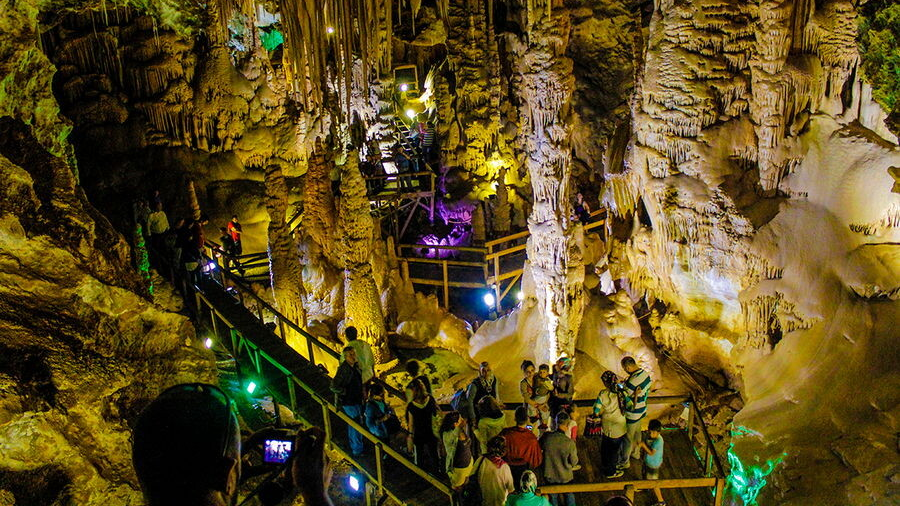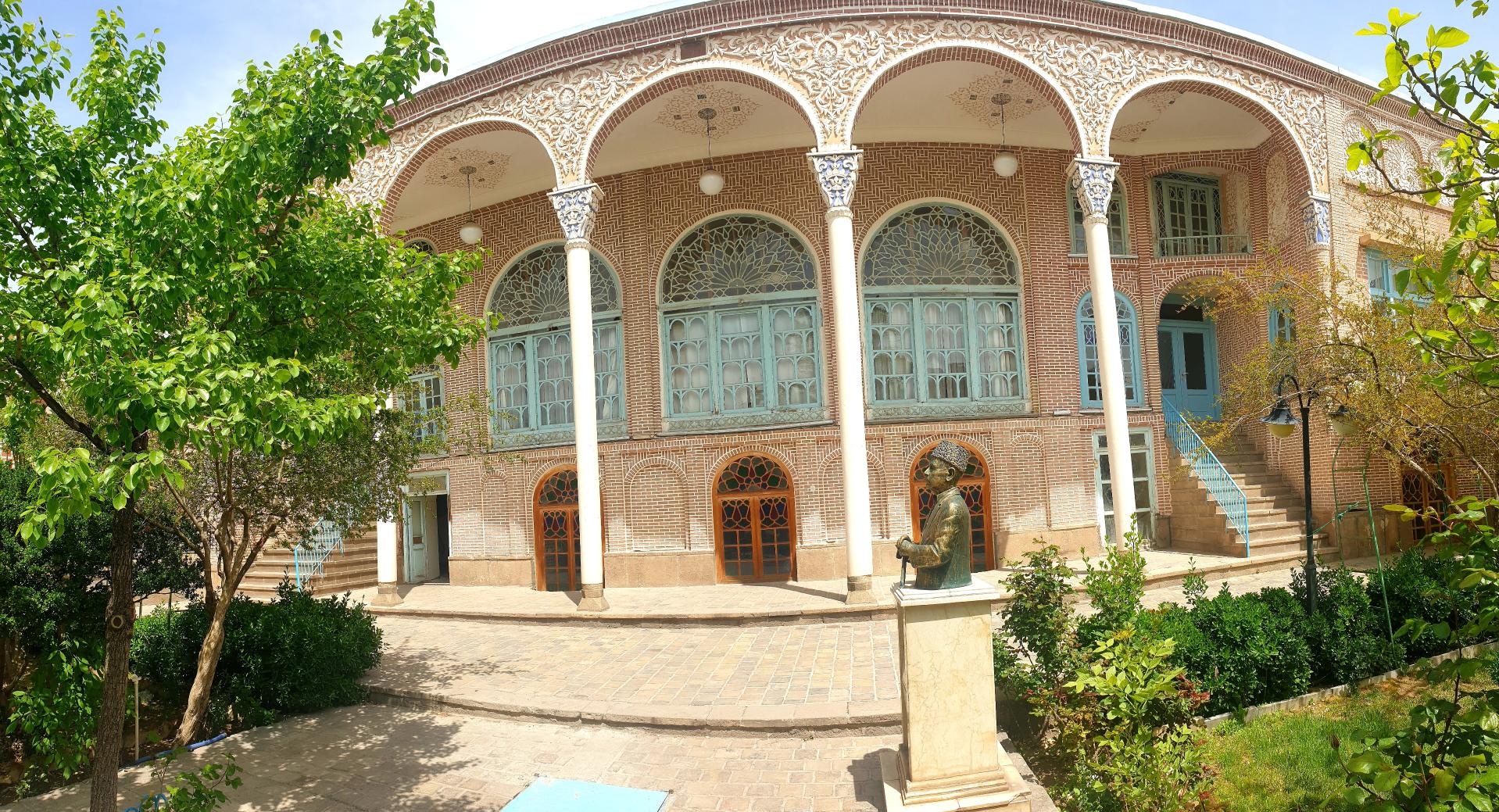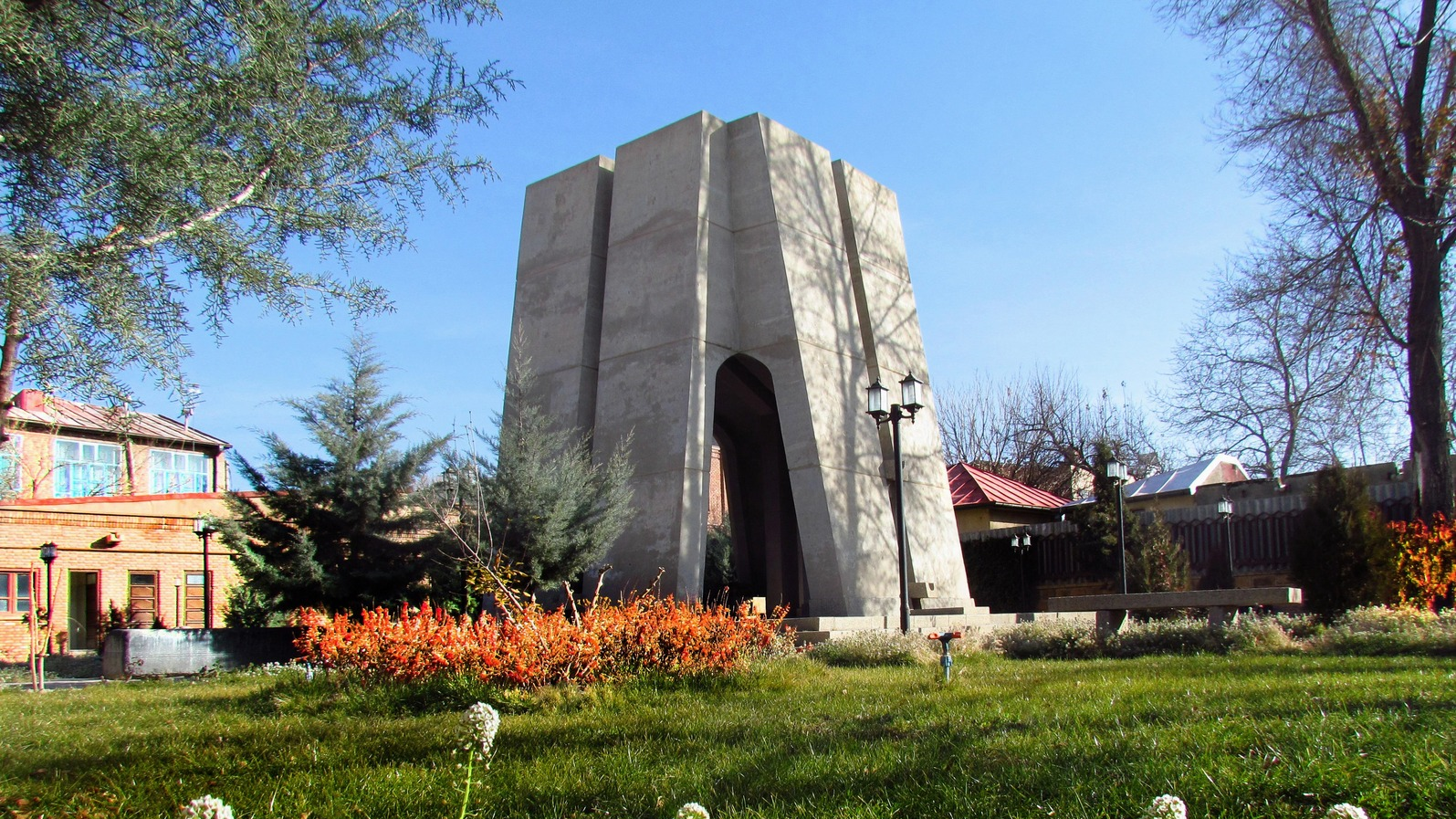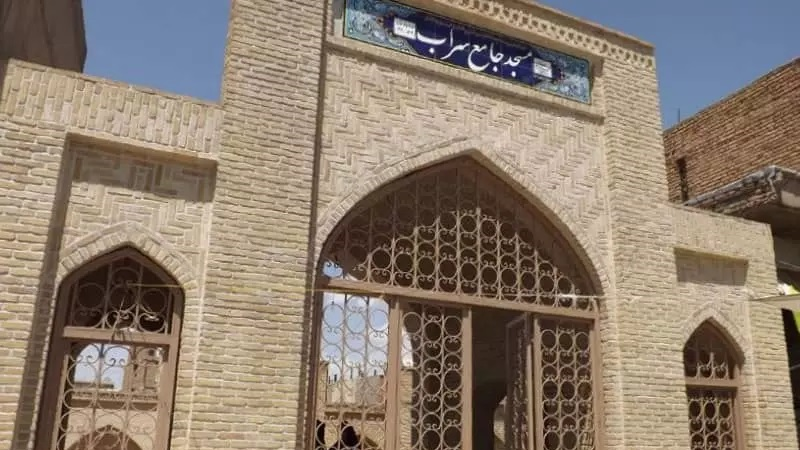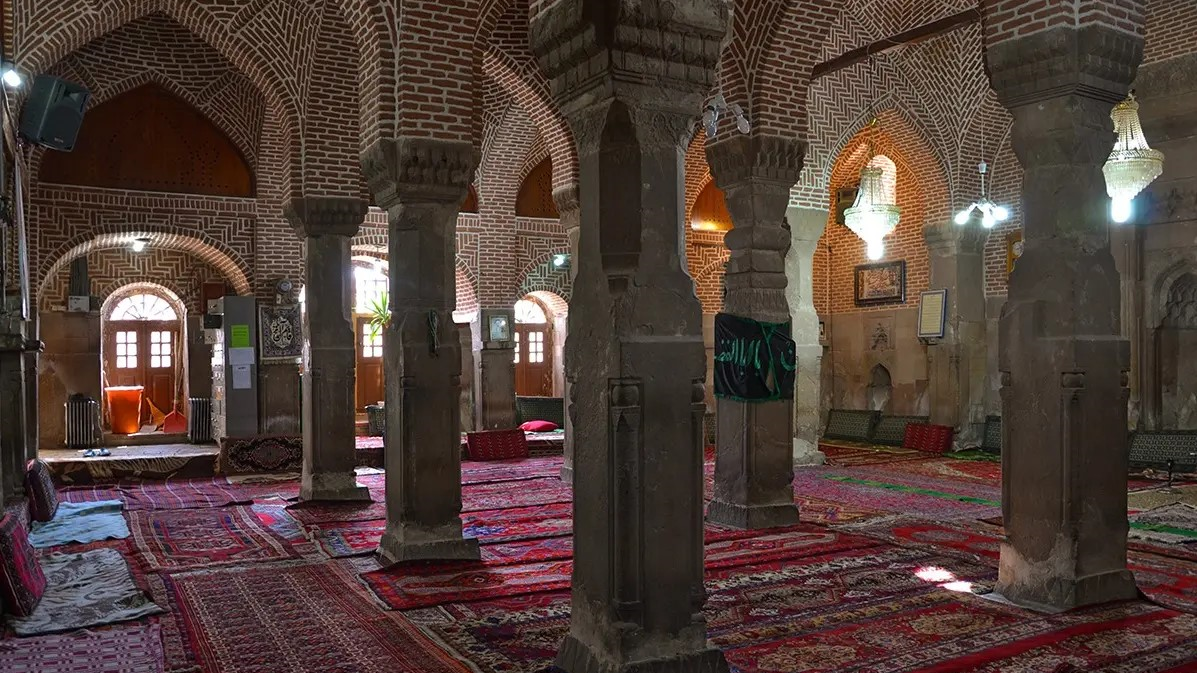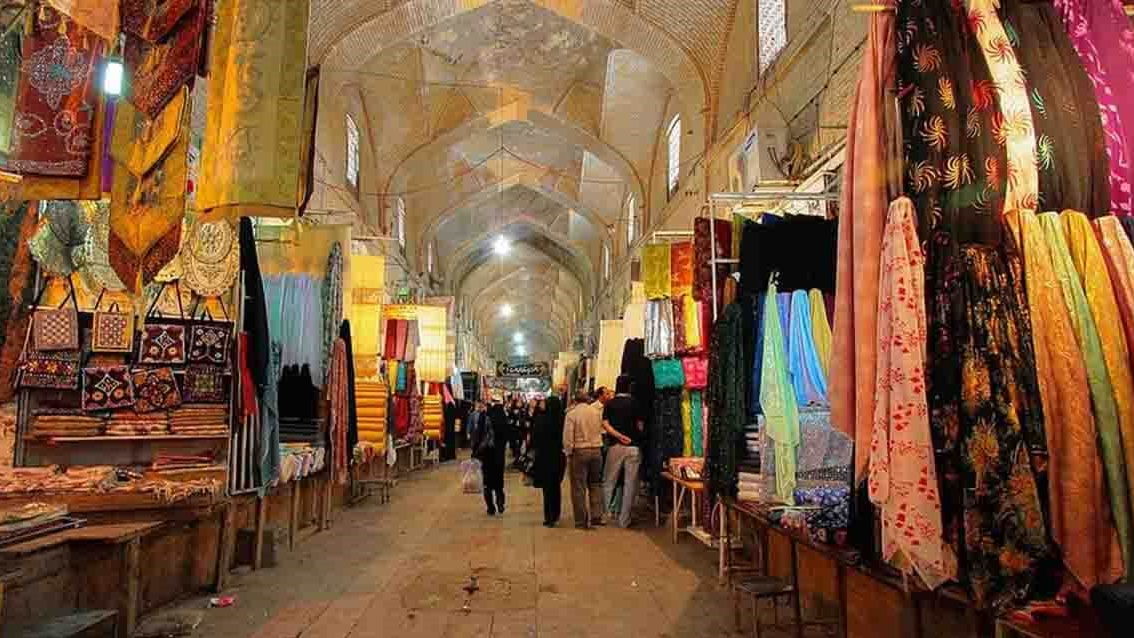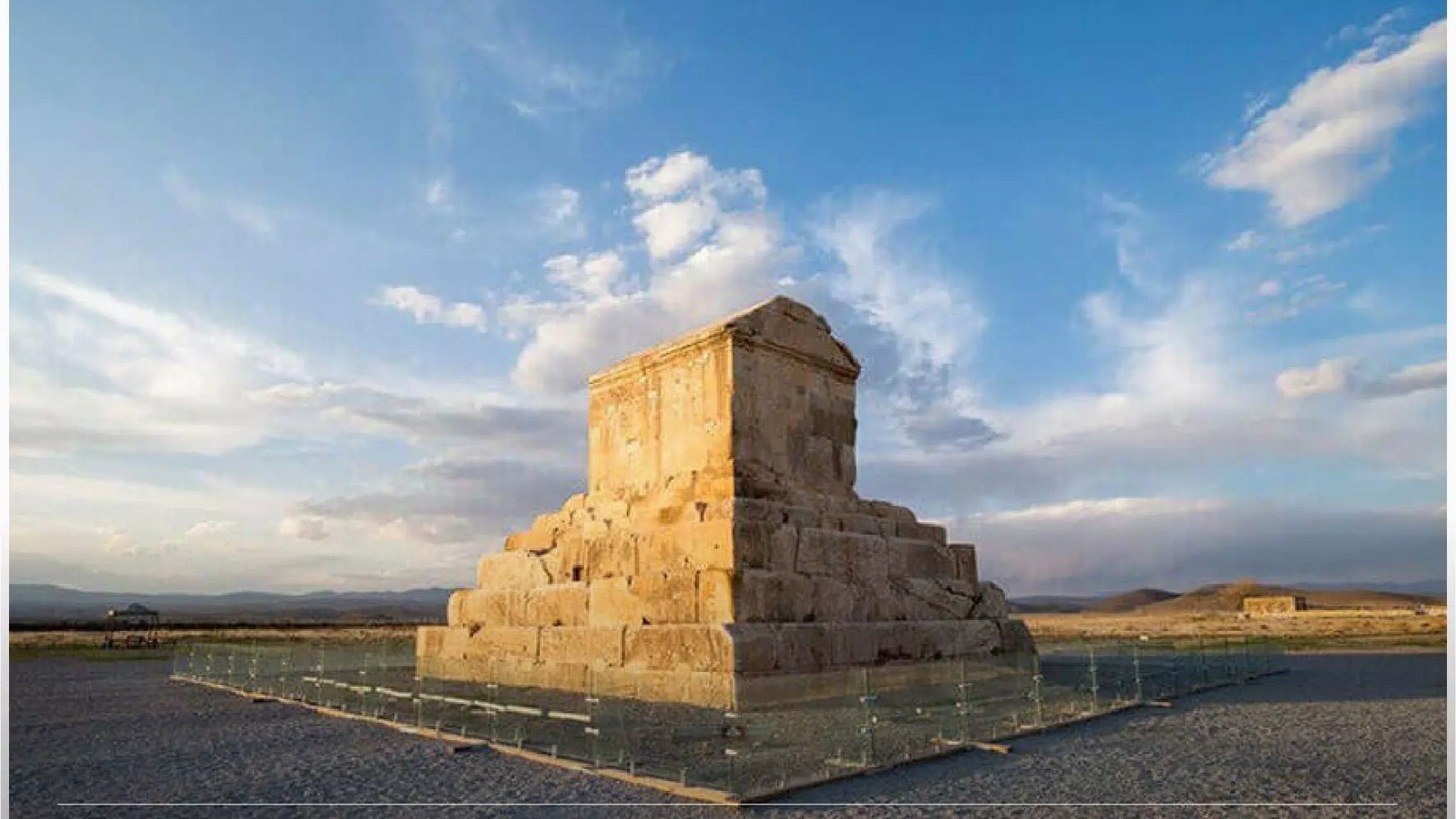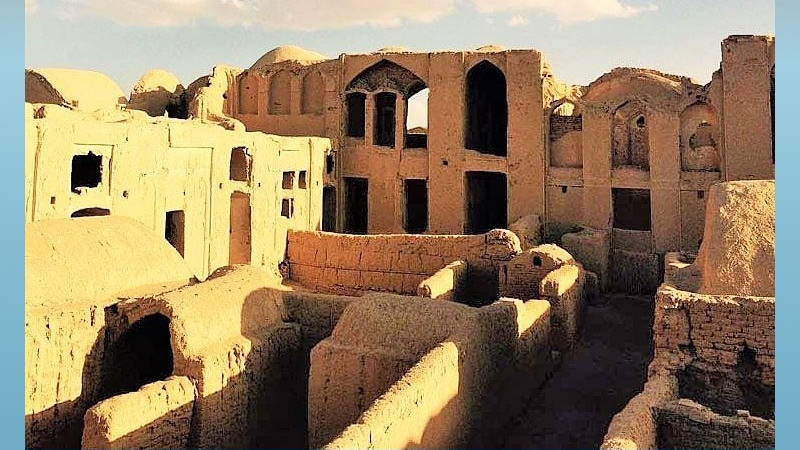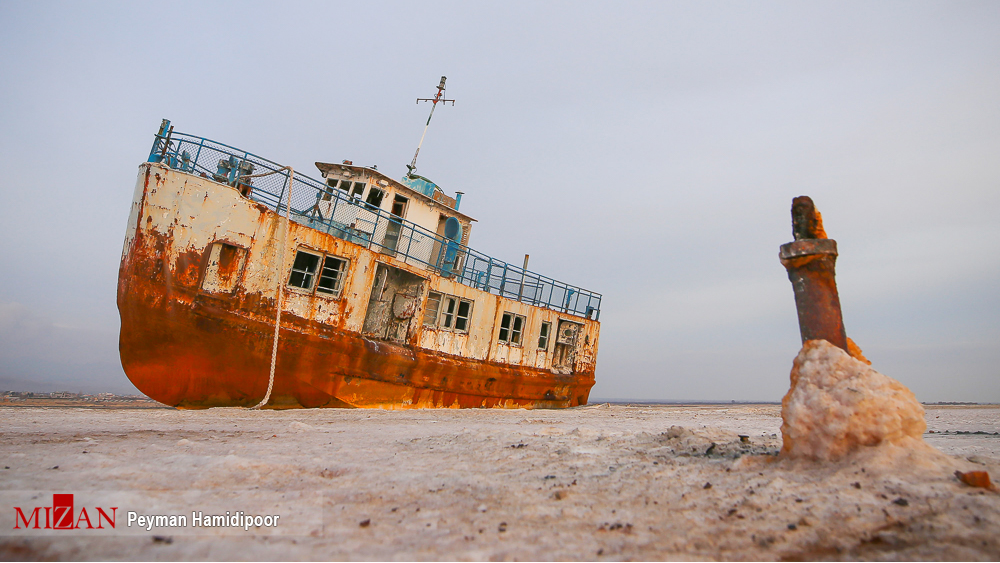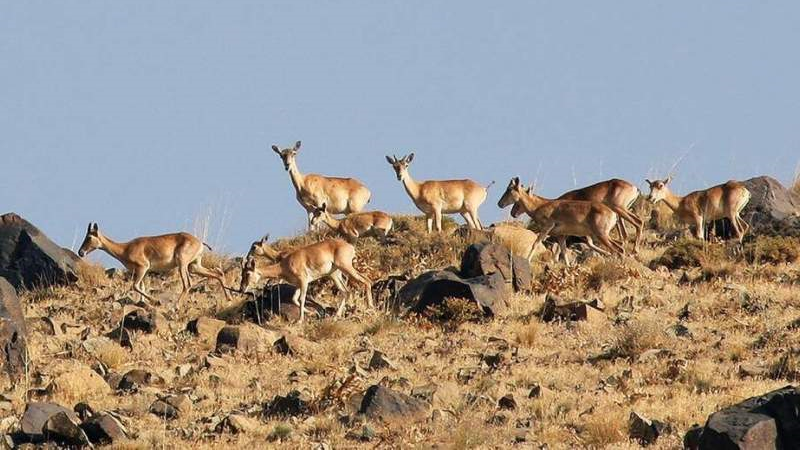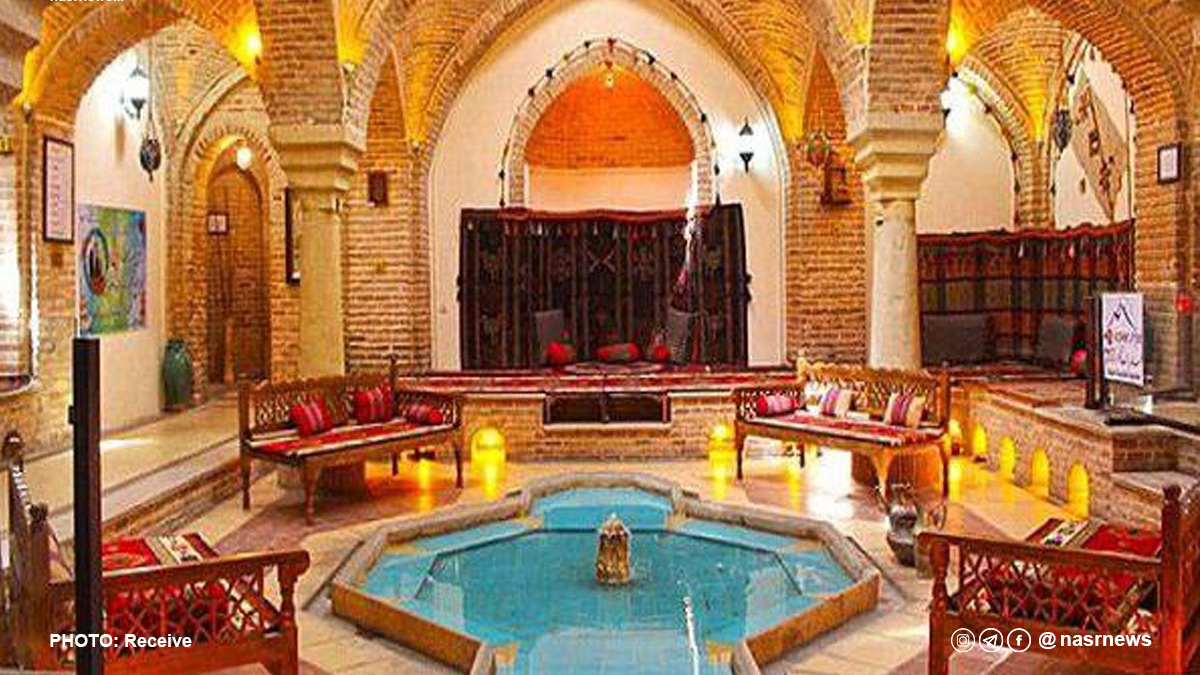
Imamzadeh Seyyed Esmaeil Shrine and the Centuries-Old Plane Trees of Zaviyeh
Architectural Features of the Imamzadeh Seyyed Esmaeil Shrine
The Imamzadeh Seyyed Esmaeil Shrine stands at the center of a courtyard measuring approximately 500 square meters. The main building has dimensions of 20.6 by 16.6 meters and follows a rectangular floor plan. The dome chamber, mosque, and pilgrims’ quarters are among the shrine’s principal sections. The structure features three entrances on its eastern side, one of which leads to the shrine’s storage room.
The dome chamber is designed in a chahartaq (four-arched) style — a traditional architectural form commonly used in Islamic buildings to increase structural stability and better distribute the weight of the dome. The interior of the dome is coated with plaster, and natural light enters the space through four small windows located beneath the dome.
The Tomb and Zarih of the Shrine
A zarih made of glass and aluminum has been placed over the tomb of Imamzadeh Seyyed Esmaeil. Previously, a wooden zarih covered the grave, which is now preserved inside the new structure. Inscriptions carved on the wooden zarih identify its donor and craftsman. The construction date is also inscribed: the 21st of Shawwal, 1233 AH (equivalent to August 24, 1818 CE, or Shahrivar 2, 1197 SH). The grayish-tuff tombstone placed over the grave of Imamzadeh Seyyed Esmaeil can be seen through the two zarihs. Unlike most traditional gravestones, this one bears no inscriptions or identifying information about the person buried beneath it.
The Exterior View of the Shrine of Imamzadeh Seyyed Esmaeil
The exterior section of the shrine is of more recent construction. The lower section of the outer walls (the zareh) is covered with white marble up to a height of about 1.5 meters. The shrine features two large minarets on its southern side and two smaller ones on the north. The minarets are adorned with turquoise tiles inscribed with verses from the Qur’an, and their metallic finials are visible from a distance.
The shrine is situated on a steep hillside, which has necessitated structural reinforcement in recent years. The northern and western sections have been strengthened with stone and cement mortar, and protective railings have been added for greater stability. In the courtyard of the shrine stand two massive plane trees (chenar), each estimated to be over 400 years old. To preserve these ancient trees — each with a trunk diameter exceeding 3.5 meters — protective enclosures have been built around them.
The Mosque of the Shrine of Imamzadeh Seyyed Esmaeil
The mosque is located on the western side of the shrine’s tomb chamber. To provide natural lighting, four windows have been built on the western wall, three on the southern wall, and two on the northern wall.
History of Imamzadeh Seyyed Esmaeil Shrine
The current structure of the Imamzadeh is relatively new, dating back to around two decades ago. However, the original building was much older and constructed from adobe. Based on the date inscribed on the wooden zarih, the original structure likely dates back to before the 19th century.
Although historical records provide little precise information about Imamzadeh Seyyed Esmaeil, local people believe he was a descendant of Imam Musa al-Kazim, the seventh Shia Imam. The shrine has long been held in deep reverence by the local community, as evidenced by the endowment of several plots of land and shares of irrigation water to the sanctuary. Even today, locals continue to visit the shrine on weekends and during religious occasions.
National Registration of the Shrine of Imamzadeh Seyyed EsmaeilThis monument was inscribed on Iran’s National Heritage List in 2008 CE (1387 SH). In addition, the two ancient plane trees located in the courtyard of the shrine were also registered as National Natural Monuments of Iran in 2012 CE (1390 SH).
| Name | Imamzadeh Seyyed Esmaeil Shrine and the Centuries-Old Plane Trees of Zaviyeh |
| Country | Iran |
| State | East Azerbaijan |
| City | Jolfa |
| Type | Religious |
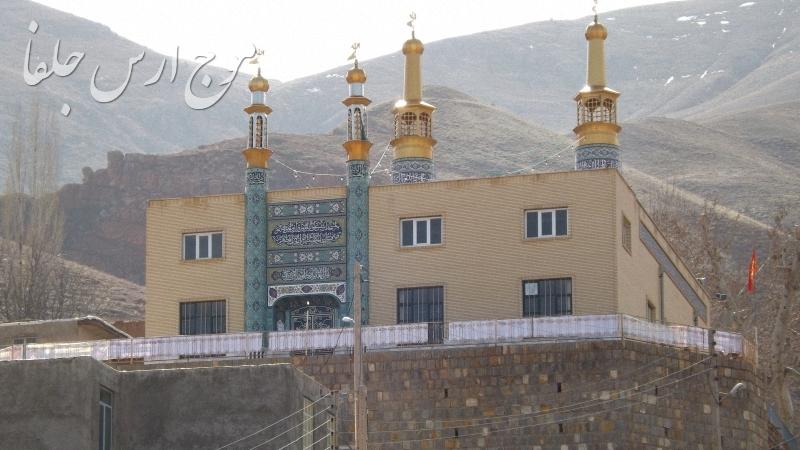
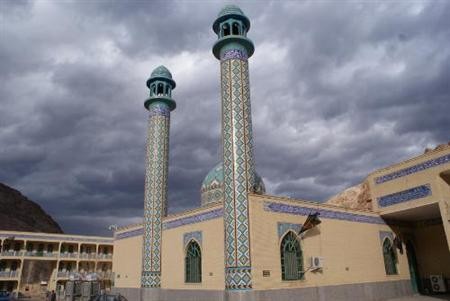
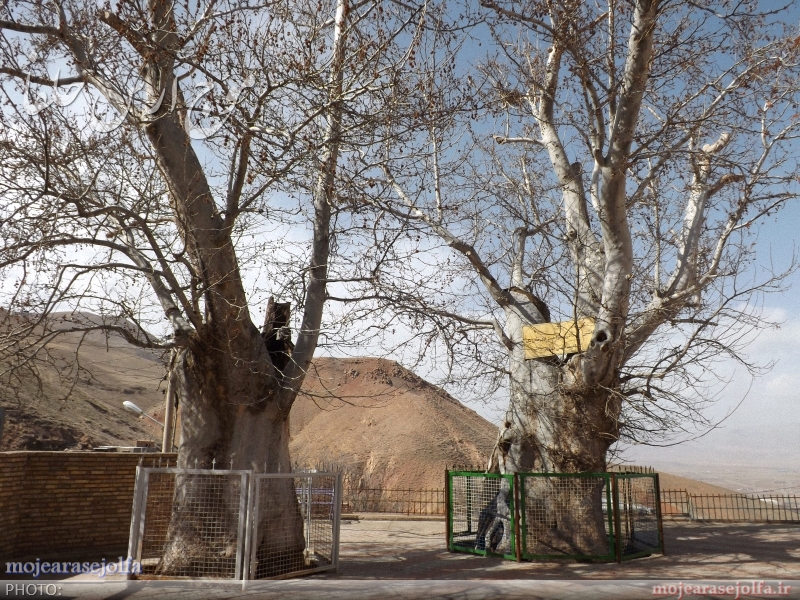



Choose blindless
Red blindless Green blindless Blue blindless Red hard to see Green hard to see Blue hard to see Monochrome Special MonochromeFont size change:
Change word spacing:
Change line height:
Change mouse type:
